Display
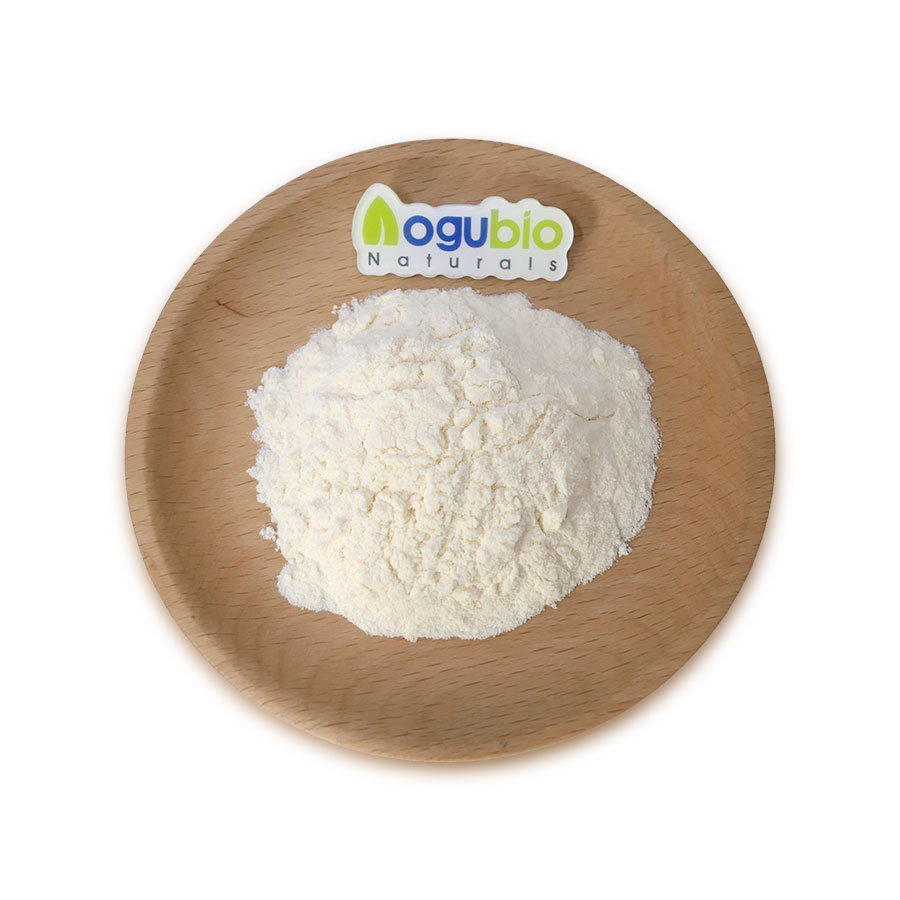
Alliin VS allicin comparisons
According to Wikipedia, alliin, a derivative of the amino acid cysteine, is a sulfoxide that is a natural constituent of fresh garlic. Well, allicin doesn’t exist abundantly in fresh garlic. This is the first difference.
As mentioned before, when fresh garlic is chopped or crushed, an enzyme called alliinase then converts alliin into allicin. This is their connection. Alliin is the precursor of allicin. Alliinase is extremely abundant in garlic tissue consisting of at least 10% of the total clove protein.
Alliin and the enzyme alliinase are quite heat stable. Alliin and alliinase are also stable when dry and therefore dried powders can potentially preserve the biological activity of garlic.
However, normal allicin is not stable. Allicin molecules have a very short half-life, as they react with many surrounding proteins. Allicin is further metabolized to vinyldithiines. Allicin decomposes into other sulfur-containing molecules (thiosulfonates and disulfides). This breakdown occurs within hours at room temperature and within minutes during cooking. In this sense, natural allicin in the chopped or crushed garlic is not stable, and could not be utilized as a supplement for bulk usage. Therefore, stabilized allicin is a must. You will find that most nutritional facts label of supplements containing allicin says that their allicin is stabilized allicin. Non-stabilized allicin is useless.
About odor and popularity
Alliin is odorless and less known to the consumers.
Natural allicin has a very distinct odor and is responsible for the aroma of fresh garlic.
Most allicin supplements have been deodorized, and no smell can be found.
Alliin benefits
Garlic is reported to have cancer prevention, antimicrobial, antibiotic, antihypertensive, hypoglycemic, and cholesterol-lowering properties, among others.
Research also shows that garlic can reduce blood cholesterol and has proven anti-cancer effects. These beneficial effects may be due in part to garlic’s unusual concentration of sulfur-containing compounds, especially alliin and allicin.
An extensive literature review discloses the nutraceutical and medicinal potential of alliin in several aspects. For example, alliin decreased fasting glucose levels and increased insulin levels to the same extent as did glibenclamide, glyclazide, or insulin in diabetic rats. Weeks’ administration of alliin modified the redox environment by decreasing reactive substances in organs and increasing the activities of catalase and superoxide dismutase in nicotine-fed rats. Another study showed that alliin markedly depressed the increase of plasma and liver cholesterol levels in rats fed a hypercholesterolemic diet containing 10% hydrogenated coconut oil, 1% cholesterol, and 0.2% cholic acid. Alliin was also found to possess anti-inflammatory activities for bowel diseases. These symptoms like diabetes, high radicals, hypercholesterolemia, and inflammation are all associated with obesity and/or metabolic diseases.
The research on alliin currently focuses on preventing nicotine-induced peroxidative damage and antioxidant, antidiabetic conditions, antibiotic, antiatherogenic, anticancer effects and immunomodulatory activity, and antiplatelet aggregation activity.
Supplements containing alliin
At present, there are no sole alliin brands or dietary supplements on the markets. Alliin is more likely to be formulated with other garlic active components, such as allicin, thiosulfinates, Gamma-Glutamylcysteines, etc. most of that deodorized Garlic (bulb) standardized to 2.5% of alliin. Be aware that, our alliin ingredient in powder is 98% minimum!
In addition, many drugs or medicines are beginning to use alliin in their formulas too to fight against myocardial infarction, acute lung injury, alcohol, and more.








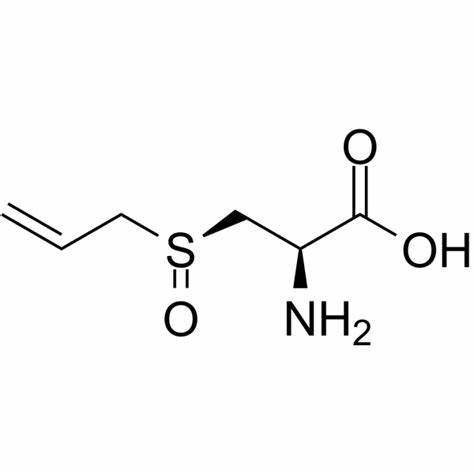




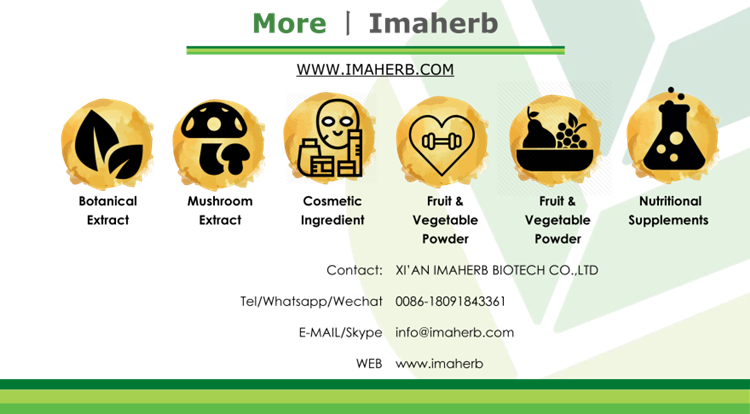
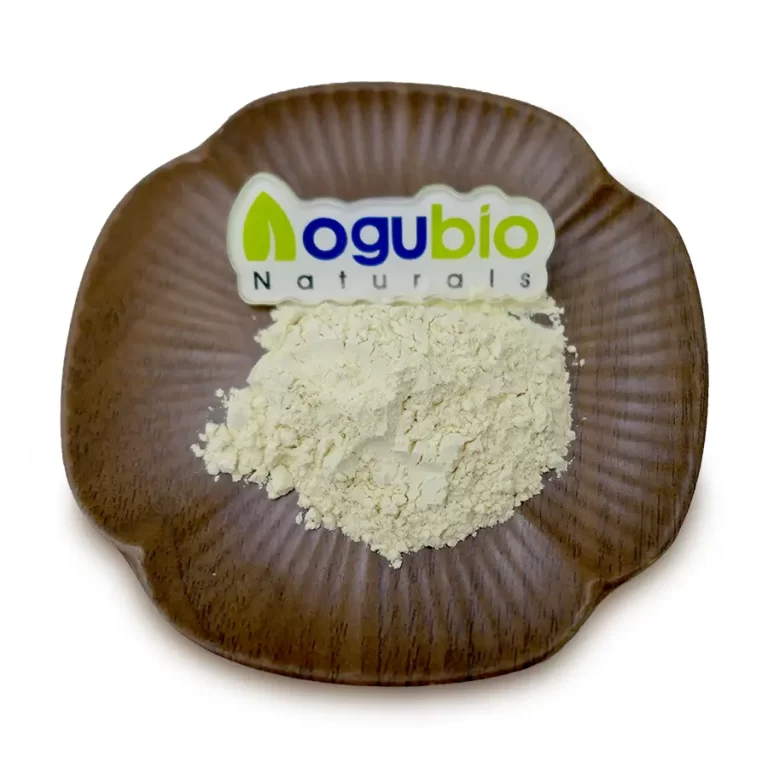
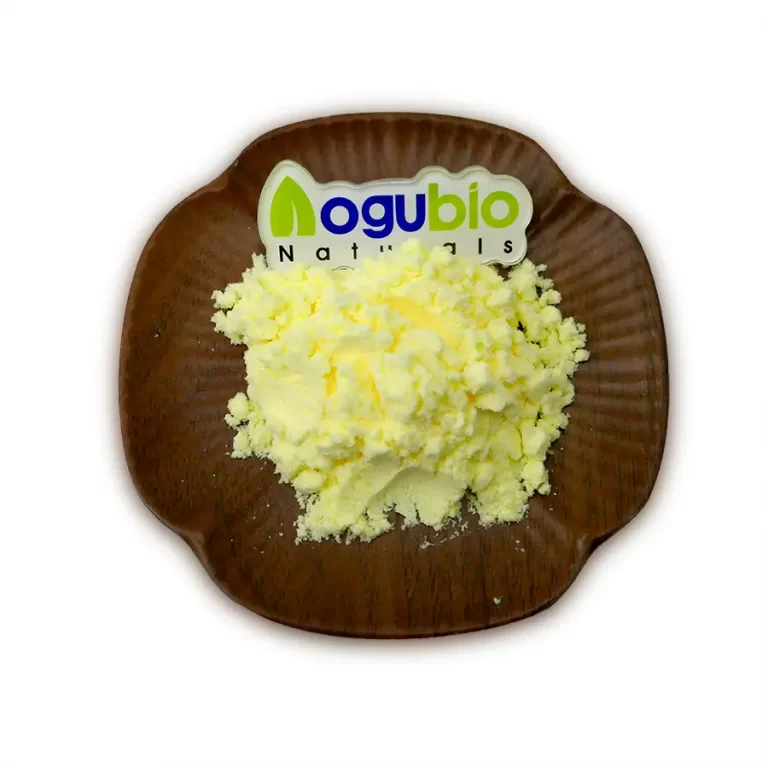
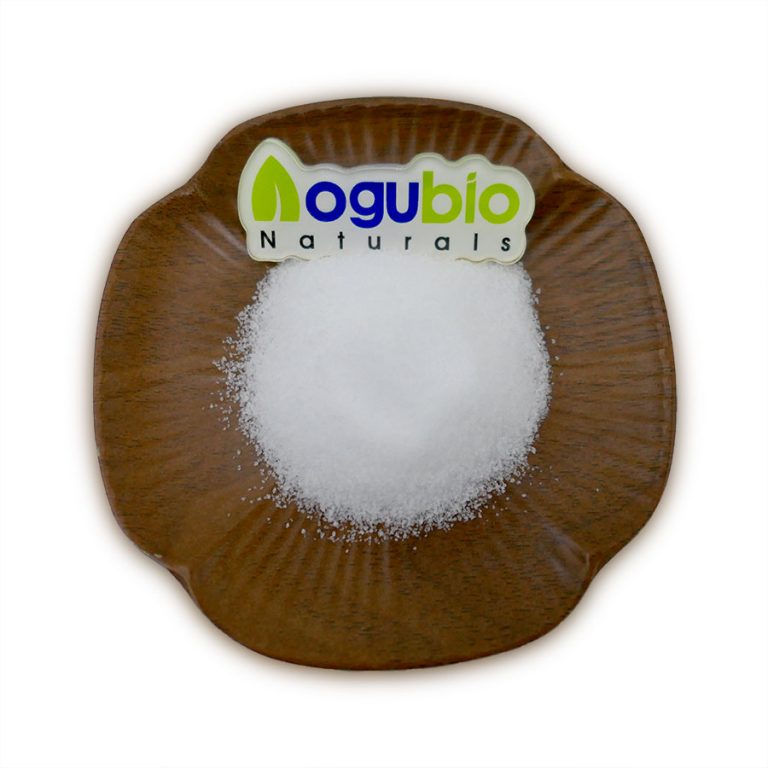

 skype
skype Sales Manager
Sales Manager Rebekah
Rebekah Rachel
Rachel Miranda
Miranda Camilla
Camilla
 Sales Manager
Sales Manager